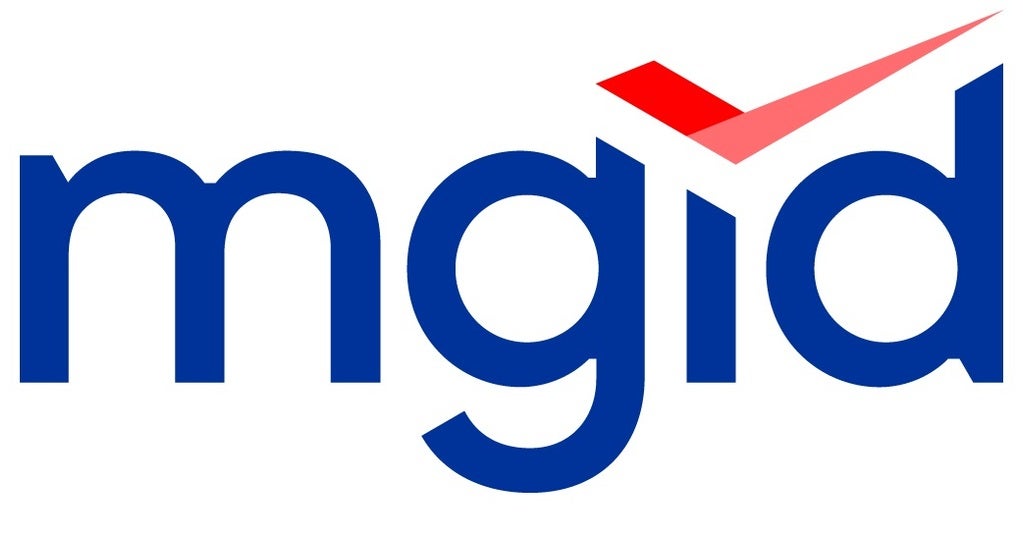Campaign planners are the oracles of advertising, poring over prior results, designing A/B tests, identifying target audiences and crafting compelling messages to maximize the chance of success. Through well-honed hunches and cold hard data, advertising mixes art and science to peer into the future.
Now, AI is ushering in the next frontier of brand-on-brand competition.
While advertisers have used data for as long as the profession has existed, the incredible number-crunching capabilities of today’s AI engines take the ability to predict campaign outcomes to a level of precision and detail that would have made Pythia herself jealous.
How AI democratizes predictive analysis
In typical data analysis, you need to know what you’re looking for before starting. But deep learning models can reveal links between cause and effect regardless of whether anyone would think to look for them. Through computer vision and semantic understanding of text, every aspect of a creative and its surrounding context can be considered.
Should the creative display just the product or a human interacting with it? Is an urban or natural environment more appealing? Does a white background provide higher CTRs than blue? Such questions can be answered with predictive AI models that are fed trillions of data points generated by past campaigns.
Traditionally, campaign potential is gauged through preflight consumer panels and surveys. This approach is effective but time-consuming and expensive, compounded by multiple rounds of creative versioning, relegating it to big-budget campaigns with long production cycles.
With predictive AI, the equivalent information is provided in moments at a fraction of the cost. Advertisers can continuously test creatives – a process itself accelerated with generative AI – until predicted performance matches campaign KPIs. Instead of waiting for postmortems, campaigns can be de-risked prior to launch.
If everyone can predict the future, how does anyone stand out?
If every advertiser has AI telling them which assets to create, audiences to target and media mixes to deploy, how would one campaign differentiate from another? Rather than stimulate creativity, might AI flood advertising channels with similar campaigns robbed of their ability to delight, surprise and persuade?
Luckily, predictive AI has revealed what seasoned marketers have long known: people – predictably – respond positively to unpredictability. Academic analysis that used predictive AI to determine what makes art memorable found that humor and vulgarity worked best. Want to make an impression on consumers? Sameness is a dead end.
Rather than chase trends, creatives can use predictive AI to prove the value of approaches that might otherwise send higher-ups running. If a risky creative is fed into an AI that then gives it top marks for the campaign’s KPIs, it would be hard to make a case not to use it.
Let’s say a brand was marketing a plant-based alternative to cheese. An agency then pitches a concept where consumers who hate cheese try the product and, because it’s so close to the real thing, hate it as well. The brand might initially push back against any negative portrayal of their product, but if a predictive AI showed that consumers would find the campaign memorable, the brand might be convinced to give it a shot.
What happens when a predictive AI meets the unpredictable?
AI can map out predictable patterns between cause and effect, but what about unpredictability?
Take the NFL season. There may be favorites and underdogs, but the season’s trajectory changes game by game, altering marketing plans targeting a particular team or region. More seriously, society-shaking events such as the pandemic can cause prolonged periods of disruption to every aspect of daily life.
In such scenarios, it might be expected that predictive models lose their value, and only adaptable human minds can cope with periods of change. However, by knowing what usually occurs, predictive AI can recognize when events veer into uncharted territory, providing early warnings that a strategy rethink is required. Then, if advertisers land back at the drawing board, predictive AI can help them get back up to speed and stay on the pulse of current events.
In the digital age, the rise of real-time analytics made in-flight optimization a must-have feature. Now, in the AI age, preflight optimization is set to be the differentiator between winners and losers in the battle for attention. But that doesn’t mean advertisers can kick up their feet and let machines do the work. Predictive AI shows that audiences respond best to the unexpected, and those who mix creativity with data will continue to reign supreme.
“Data-Driven Thinking” is written by members of the media community and contains fresh ideas on the digital revolution in media.
Follow MGID and AdExchanger on LinkedIn.
















